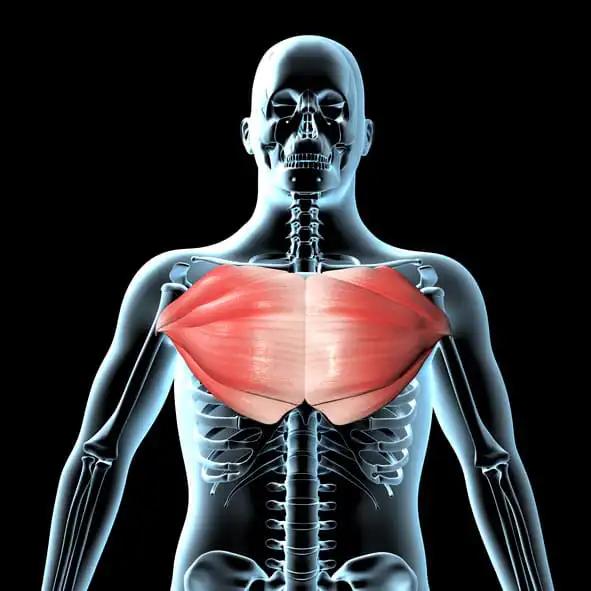KEY TAKEAWAYS
- The phase II DAISY trial tested T-DXd in HER2-overexpressing and HER2-low metastatic breast cancer patients.
- The study investigated these patients’ T-DXd mechanisms and resistance.
- The study used GeoMx and RT-PCR samples, whole-exome sequencing, and IHC labeling.
- T-DXd stimulated serotonin receptor and interferon alpha pathways in HER2-overexpressing and HER2-negative mBC.
- ERBB2 hemizygous deletion, seen in 6% of patients at baseline, was related to upfront T-DXd resistance.
- T-DXd uptake was not a resistance mechanism, but the SLX4 mutation could cause secondary resistance.
In patients with HER2-overexpressing and HER2-low metastatic breast cancer(mBC), T-DXd, an anti-HER2 antibody-drug combination, is highly effective. Their purpose was to investigate T-DXd resistance and its mechanism of action in DAISY trial patients. Assessment of T-DXd effectiveness in three cohorts of patients with mBC according to HER2 expression was undertaken in the DAISY phase II multicenter open-label trial (NCT04132960). Previous reports on the efficacy and biomarker findings have been published (Dieras et al., SABCS 2021; Mosele et al., ESMO BREAST 2022).
Researchers evaluated the regional genomic response according to HER2 expression by GeoMx in biopsies taken on days 2-4 following cycle 1 of T-DXd (n=8) to delve deeper into the mechanism of action of T-DXd. In addition, RT-PCR analysis was performed on baseline samples (n=36), where IHC did not detect HER2. Lastly, T-DXd distribution was evaluated using IHC in biopsies collected at ≤ 6 weeks post-last infusion (n=6), and primary and secondary resistance were investigated using whole-exome sequencing in biopsies collected at baseline (n=88) and progression (n=20).
After receiving T-DXd, the serotonin receptor pathways were active in the HER2-overexpressing region, while the interferon alpha pathways were stimulated in the HER2-negative region. There was no correlation between ERBB2 expression and T-DXd clinical response. There was no correlation between any repeated driver change and any kind of resistance. About 5 out of 88 (6%) individuals had a hemizygous deletion of ERBB2 at baseline; four patients did not respond positively to T-DXd. Two biopsies out of ten (20%) progression-matched pairs and two (20%) unmatched baseline samples showed SLX4 mutation acquisition.
Resistance to DXd was mediated by suppressing SLX4 in two BC cell lines. T-DXd distribution was seen in four out of six patients at advanced stages. In HER2-negative mBC, T-DXd may stimulate an anti-tumor immune response. There were no consistent triggers found at the barrier. T-DXd frontline resistance appears to be linked to ERBB2 hemizygous deletion. SLX4 may induce secondary resistance. However, this hypothesis needs further testing. The absorption of T-DXd has not been implicated as a resistance mechanism.
Source:https://oncologypro.esmo.org/meeting-resources/esmo-congress/unraveling-the-mechanism-of-action-and-resistance-to-trastuzumab-deruxtecan-t-dxd-biomarker-analyses-from-patients-from-daisy-trial
Clinical Trial:https://clinicaltrials.gov/ct2/show/NCT04132960
M.F. Mosele, A. Lusque, V.C. Dieras, E. Deluche, A. Ducoulombier, B. Pistilli, T. Bachelot, F. Viret, C. Levy, Y.C. Pradat, D.T.N. TRAN, N. Droin, M. Kobayashi, T. Kakewaga, M. Deloger, B. Job, M. Jimenez, M. Lacroix-Triki, F. André/LBA72 – Unraveling the mechanism of action and resistance to trastuzumab deruxtecan (T-DXd): Biomarker analyses from patients from DAISY trial/Annals of Oncology (2022) 33 (suppl_7): S808-S869. 10.1016/annonc/annonc1089



